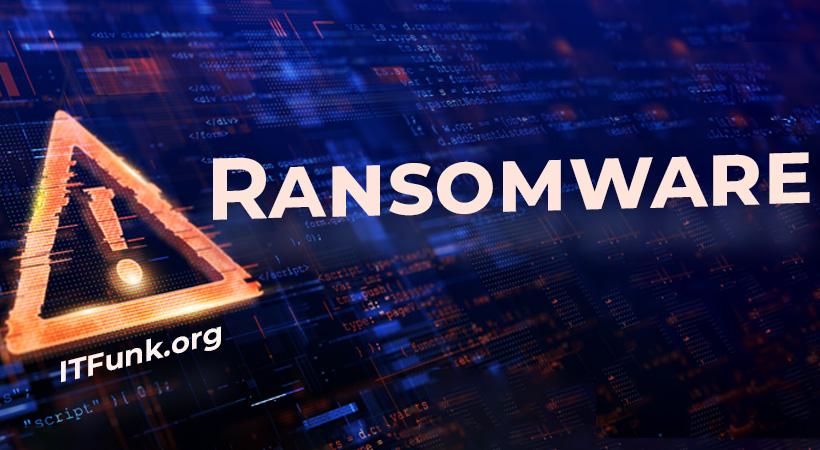In the ever-evolving landscape of cybersecurity threats, CoV has emerged as a potent ransomware belonging to the notorious Xorist family. This article delves into the actions, consequences, and intricacies of CoV ransomware, offering insights into its modus operandi, the impact on victims, and providing a detailed removal guide. Additionally, we will explore detection names, similar threats, and best practices to fortify defenses against future ransomware infections.
Understanding CoV Ransomware
CoV operates as a crypto virus within the Xorist family, leveraging advanced encryption techniques to hold victims’ files hostage. Upon infection, CoV encrypts files and appends the “.CoV” extension to filenames, rendering them inaccessible. This ransomware goes beyond file encryption, altering the desktop wallpaper, presenting an error message, and generating the “HOW TO DECRYPT FILES.txt” file containing a ransom note.
Consequences of CoV Ransomware: The impact of CoV on victims is profound, with encrypted files becoming inaccessible and accompanied by a demand for ransom. The ransom note provides instructions for decryption, demanding a payment of 0.03 Bitcoin. Failure to comply within a three-day window leads to the threat of permanent data loss, as the encryption keys are threatened to be deleted.
Similar Threats and Detection Names: CoV shares its malicious characteristics with other ransomware variants such as CookiesHelper, Pings, and Mango. Detection names for CoV include Avast (Win32:Filecoder-M [Trj]), Combo Cleaner (Trojan.Ransom.AIG), ESET-NOD32 (Win32/Filecoder.Q), Kaspersky (Trojan-Ransom.Win32.Xorist.lk), Microsoft (Ransom:Win32/Sorikrypt.A), among others.
CoV Infection Methods: CoV employs deceptive methods for infection, often distributed via deceptive email attachments or links. Clicking on these malicious links or opening infected attachments triggers the download and execution of CoV. Additionally, compromised websites, drive-by downloads, and exploiting software vulnerabilities are common infection avenues. Users engaging with pirated software, cracking tools, key generators, and downloads from unreliable sources are also susceptible to CoV infections.
Removal Guide
Step 1: Isolate Infected System
- Disconnect the infected computer from the network to prevent further spread.
Step 2: Identify and Remove Malicious Processes
- Open Task Manager (Ctrl + Shift + Esc) and terminate any suspicious processes associated with CoV.
Step 3: Remove Registry Entries
- Open the Registry Editor (regedit) and delete registry entries related to CoV.
- Navigate to HKEY_CURRENT_USER\Software\Microsoft\Windows\CurrentVersion\Run
- Delete any suspicious entries.
Step 4: Delete CoV-Related Files
- Locate and delete files associated with CoV.
- Check commonly targeted folders like Documents, Downloads, and Desktop.
Step 5: Restore Encrypted Files (if possible)
- If you have backup copies, restore your files after ensuring the removal of CoV.
Best Practices for Prevention
- Regularly backup important data to an external and secure location.
- Exercise caution with email attachments and links, especially from unknown or suspicious sources.
- Keep software and operating systems updated to patch vulnerabilities.
- Avoid downloading software or files from untrustworthy sources.
- Use reputable antivirus and antimalware solutions.
Conclusion
CoV ransomware exemplifies the persistent and evolving nature of cybersecurity threats. By understanding its tactics, victims can take proactive measures to mitigate risks and adopt best practices for prevention. The removal guide provided aims to assist victims in eliminating CoV from their systems, emphasizing the importance of vigilance and cybersecurity hygiene in the face of ransomware threats.





